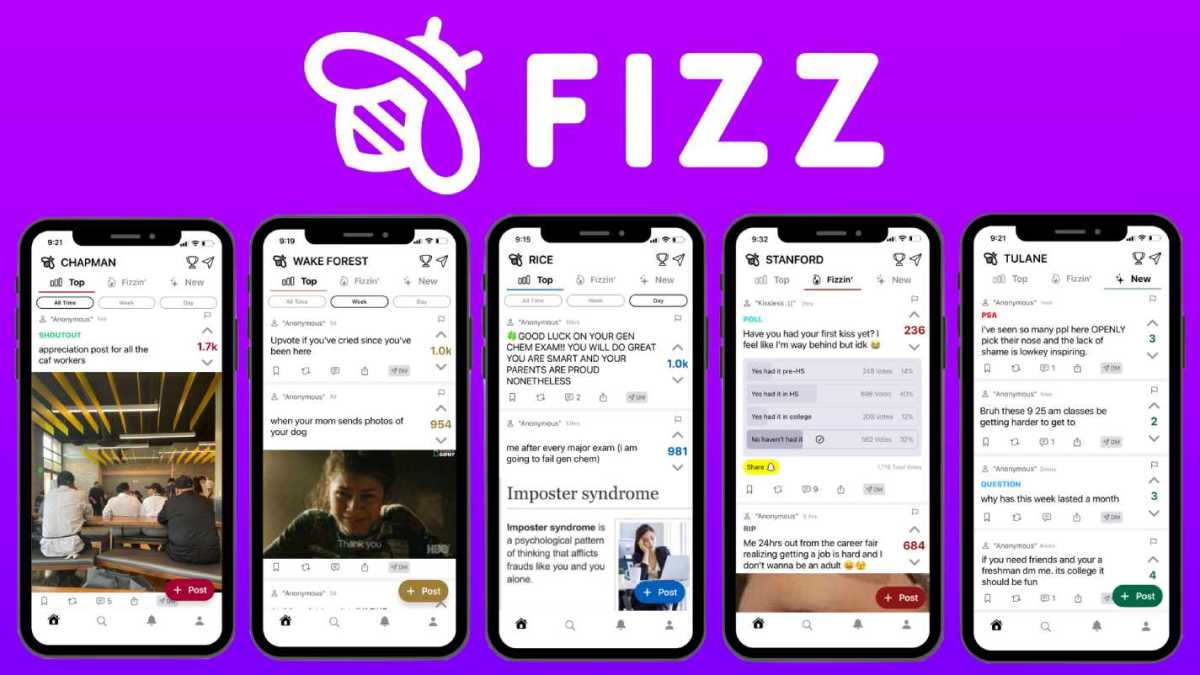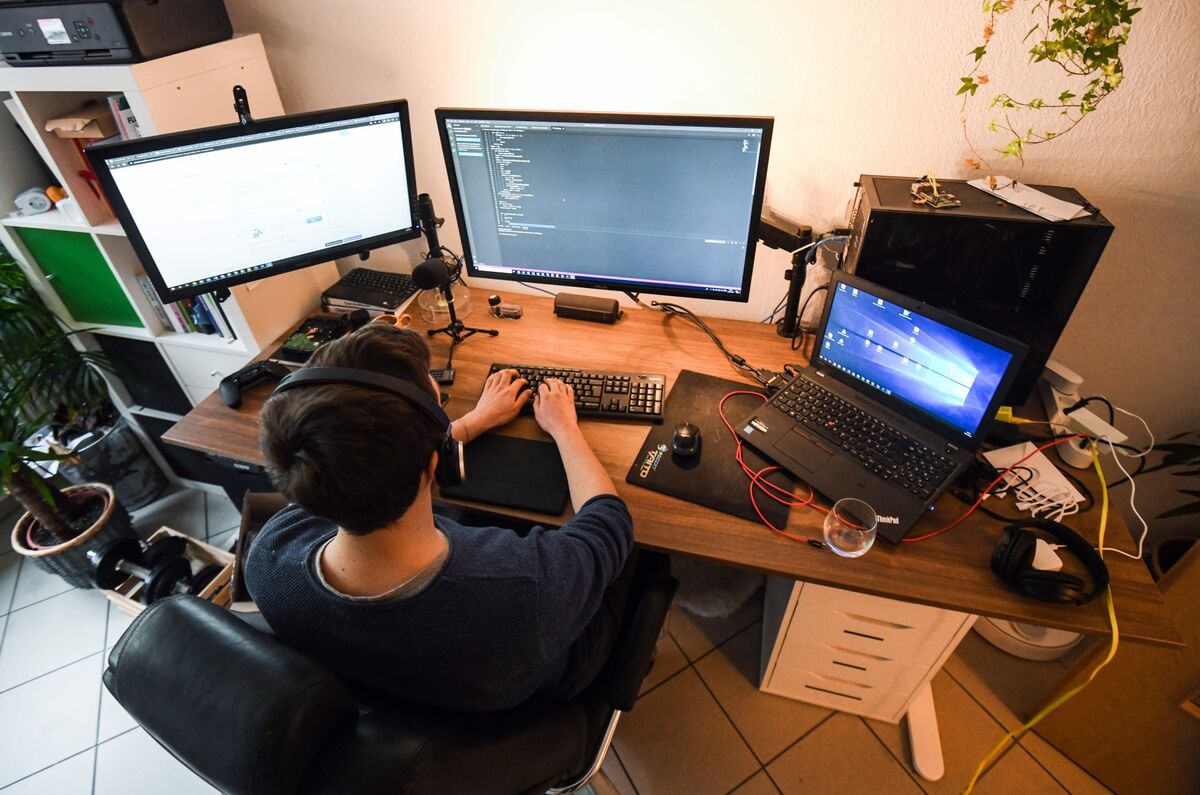Summary:
AI-powered robots from Glacier are revolutionizing recycling in Seattle.
Recology processes 300 tons of recyclables daily using advanced technology.
Glacier has recently raised $16 million in funding from notable investors.
Robots can achieve 80-90% accuracy in identifying recyclable materials.
Legislation in Washington aims to enhance recycling and reduce waste.
Smart Recycling with AI Robots
 The accordion tube ending in an air-powered suction cup is the robotic arm of Glacier’s recycling robot. It uses AI vision to watch for its plastic target, then pounces.
The accordion tube ending in an air-powered suction cup is the robotic arm of Glacier’s recycling robot. It uses AI vision to watch for its plastic target, then pounces.
Entering Recology’s recycling facility in South Seattle is an experience like no other. The noise from heavy machinery fills the air, and the mixed smell reminds you that not all recycled goods are clean. Conveyor belts weave through the facility, sorting plastic, paper, glass, and cans.
While human workers tirelessly scan and sort through the materials, a new player has entered the game: AI-powered robots from the startup Glacier. Over the past six months, Glacier has installed four of these robots at the Seattle facility, with plans to add two more soon.
“We’re able to put these robots in places where it’s harder to put people,” says Sal Coniglio, Recology’s CEO. The robots have made operations more efficient and reduced environmental impact.
How the Robots Work
The robots work alongside humans, using AI to identify recyclables on the conveyor belts. When a robot spots a target material, it extends its arm, equipped with a vacuum cup, to grab the item and deposit it into the correct bin.
Recently, Glacier announced a $16 million Series A funding round, with support from the Amazon Climate Pledge Fund and others. Rebecca Hu-Thrams, co-founder of Glacier, emphasizes that the technology for enhancing recycling is already here.
Daily Operations at Recology
At Recology, trucks deliver around 300 tons of recyclables daily. The robots are specifically programmed to identify high-density polyethylene (HDPE) plastics, which are common in items like shampoo bottles and milk jugs.
Glacier's robots can achieve 80-90% accuracy in capturing target plastics, matching human performance in many instances. The robots have been trained on billions of images to recognize over 30 different materials.
 Sorting line at Recology’s materials recovery facility.
Sorting line at Recology’s materials recovery facility.
Legislative Support for Recycling
Recent legislation in Washington state aims to improve recycling rates and decrease waste. Senate Bill 5284 proposes several measures, including increasing curbside recycling accessibility and reducing carbon emissions from waste.
Glacier's technology is not only operational in Seattle but also in California, Michigan, Arizona, and Illinois. The startup has raised a total of $29 million and employs 35 people.
Coniglio expresses optimism about Glacier’s role in advancing recycling efforts: “If something is thrown away, it doesn’t just go to the landfill. We have to find a way to recover those resources and reutilize them.”









Comments